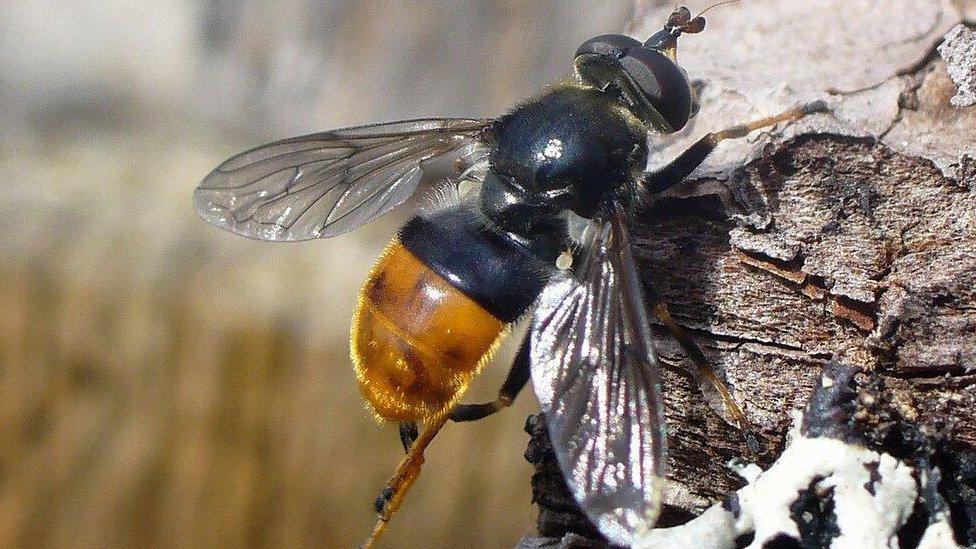Wildlife trust's call to protect hoverfly 'heroes'

The Batman hoverfly is named after its distinctive yellow and black markings
- Published
A wildlife trust has called on gardeners to help protect and save hoverflies.
The Berkshire, Buckinghamshire and Oxfordshire Wildlife Trust (BBOWT) and the Royal Horticultural Society (RHS) said hoverflies are the second most significant pollinator after bees.
They are also food for birds and help break down gardens' organic matter but intensive agriculture, pesticides and climate change have meant their population has declined, BBOWT and the RHS said.
In 2022, the International Union for the Conservation of Nature added hoverflies to its Red List of threatened species.
"Hoverflies are a tiny but essential part of the natural world," Andy Coulson-Phillips, BBOWT's principal ecologist, said.
"They are vital for pollinating both wildflowers and garden plants alike, so we'd love everyone across our three counties to invite them into their gardens or outside space."
Stingless hoverflies are often mistaken for wasps, bees or hornets. Common species include Batman, Footballer and Marmalade, named after their distinctive markings and colours.
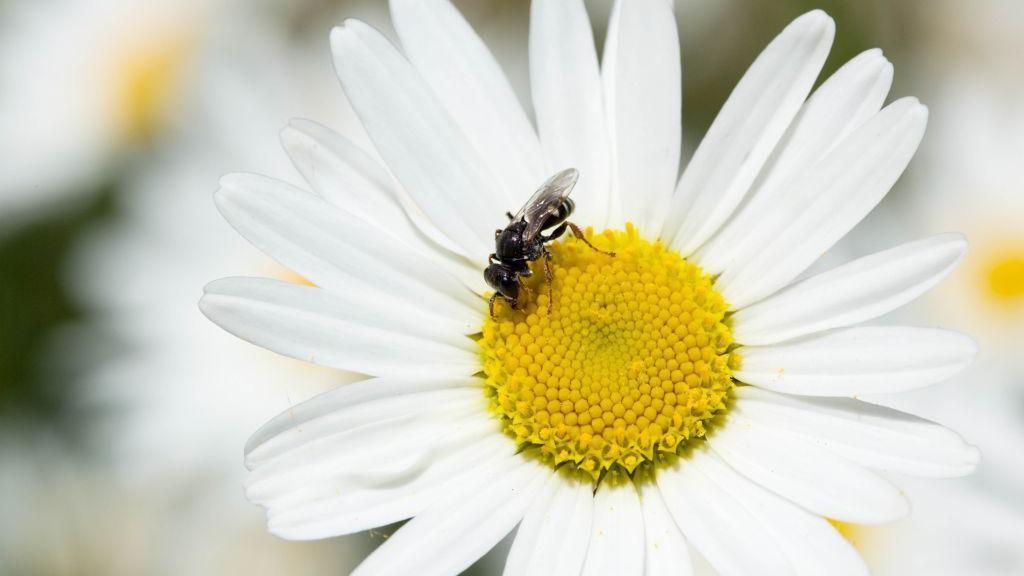
Hoverflies are often mistaken for wasps, bees or hornets
Hoverflies have only one pair of flight wings but bees and wasps have two.
They can be easily identified by their behaviour, rather than the way they look, because they hover or zigzag around plants.
Vicki Hird, strategic agriculture lead for The Wildlife Trusts, said hoverflies are the "hidden heroes of our gardens and countryside".
"Whatever their shape, size or disguise, they are critical for our food security," she added.
The RHS's senior wildlife specialist, Helen Bostock, said the gardening charity wants people to "open their garden gates to hoverflies this summer".
She said: "Gardeners can help attract them by planting open, easily accessible flowers.
"In spring, they'll be drawn to aubretia. In summer, they'll love blackberry flowers, oxeye daisy, marigolds, fennel, cow parsley and poppies. Come autumn, they can be seen on heather, aster and even common ivy."
Get in touch
Do you have a story BBC Oxfordshire should cover?
You can follow BBC Oxfordshire on Facebook, external, X (Twitter), external, or Instagram, external.
Related topics
- Published12 March
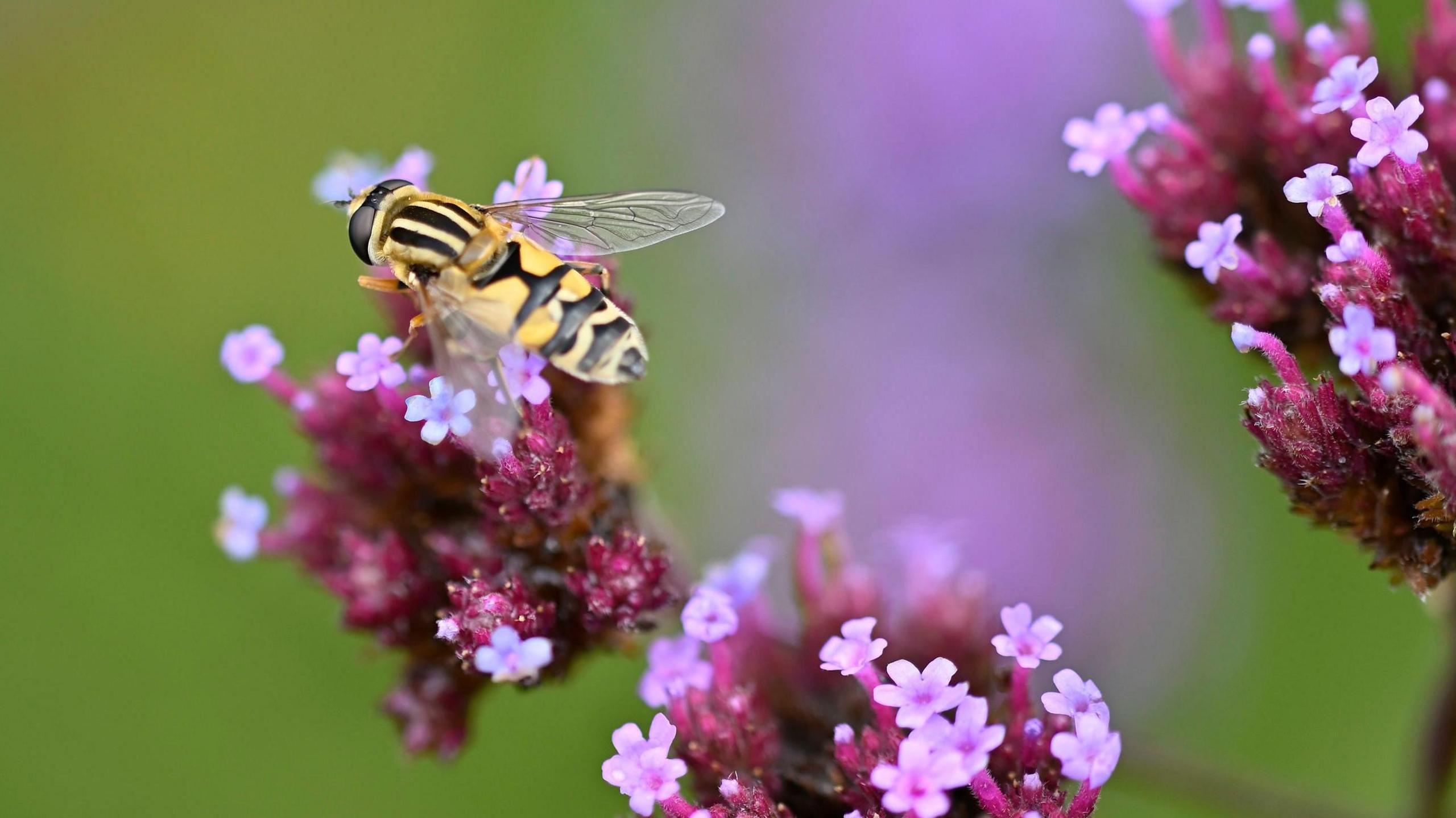
- Published19 October 2022
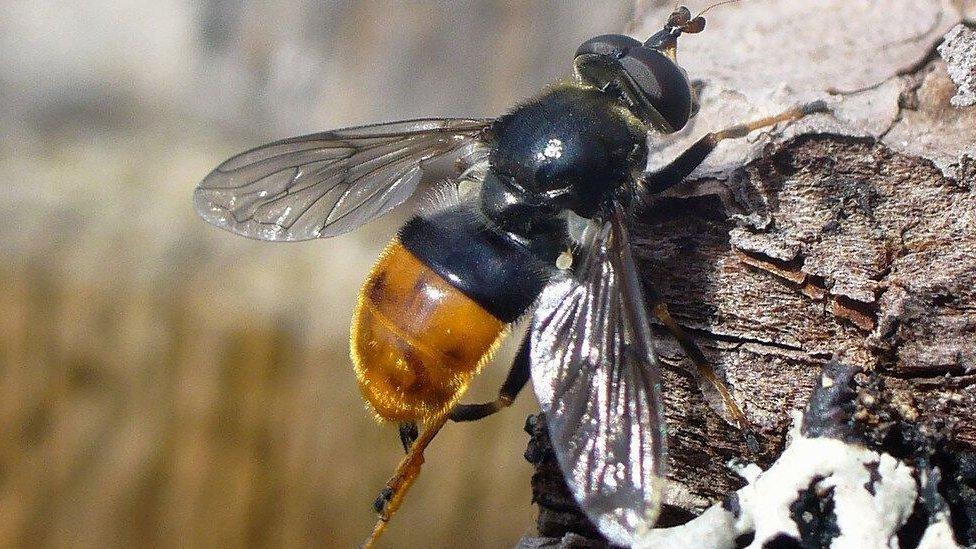
- Published21 October 2021
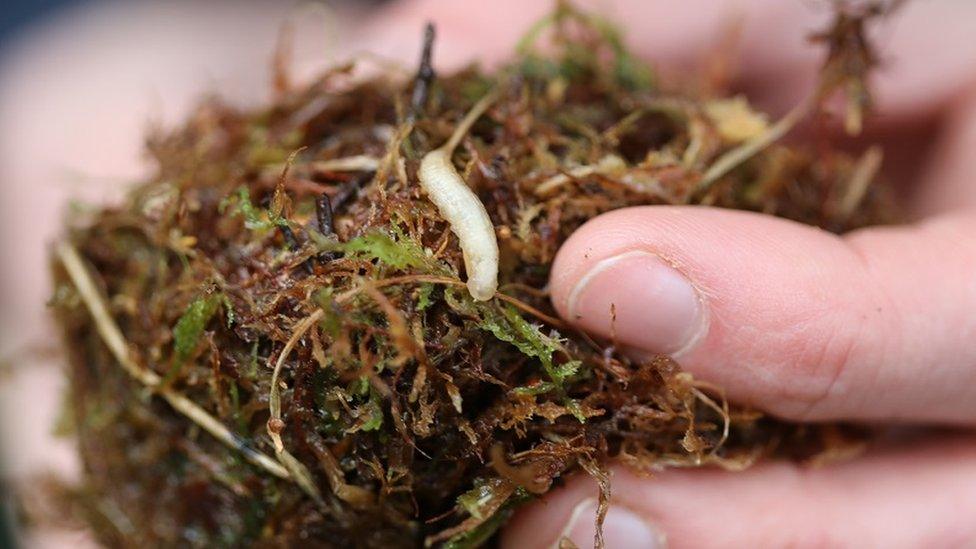
- Published14 April 2021
